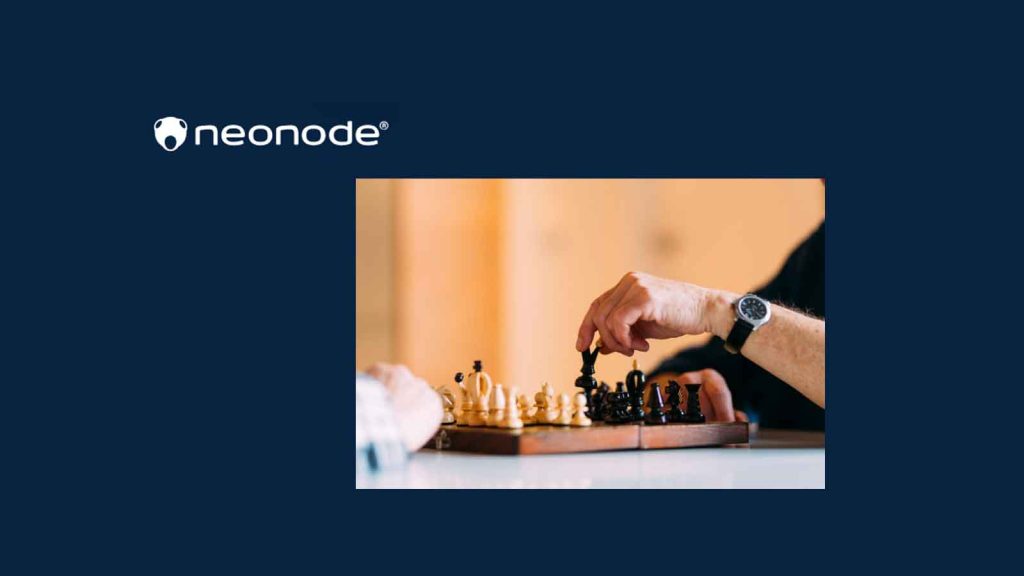A recent whitepaper delivers revealing data about consumer engagement across a fast-growing ecosystem of retail media networks (RMNs)
Retail media networks are on fire. That is the first sentence in a fascinating new report entitled Retail Media and the CPG Consumer that provides some much-needed insight into “how shoppers perceive and engage with RMNs.” While advertiser views on RMNs are well documented, perspective shared directly from consumers has traditionally been much tougher to come by. Given the growth of RMNs—generating a remarkable $46.4 billion in revenue in 2023 and forecast to vie with social media platforms as the highest performing ad channel outside of direct search within a few short years—that data is incredibly valuable. Consumers are, after all, the ones engaging with RMN media on retailer platforms. Given the resources that CPG brands and businesses and their marketing/advertising partners are spending to influence consumer thinking and purchasing habits, the bottom-line impact of a deeper and more nuanced understanding of RMN engagement is potentially dramatic.
Retail Media and the CPG Consumer presents the results of a survey of more than 1,000 U.S. consumers. The findings include information about detailed statistical data about consumer trends and RMN participation patterns, the impact of RMN advertising, and even specific strategies that are likely to be effective in complementing RMNs.
Read More: SalesTechStar Interview with Clay Sharman, Founder and CEO of Krateo AI
Consumer participation
It might not come as a surprise that the majority of consumers now regularly visit CPG websites and apps when they shop. More than 61% of consumers surveyed did so at least once a week, with approximately one in five reporting multiple weekly visits. There were some noteworthy demographic distinctions, however. For example, more than 70% of Gen X respondents reported visiting CPG apps and/or websites regularly (more than one in four multiple times a week). Gen Z respondents, while younger, did so less frequently, with just over half visiting retailer digital properties weekly and only 14.0% doing so multiple times per week. As for the nearly 40% of consumers who don’t regularly visit grocery apps and websites, nearly two-thirds of that group cited a preference for visiting physical stores and not seeing the value of CPG apps and websites. A poor user experience was another reason given, suggesting that CPG brands and businesses looking to capture a larger share of shoppers should consider starting by addressing any unnecessarily complex site navigation issues.
Understanding the why
Another finding from the survey that might come as a surprise to some CPG decision-makers is the fact that most surveyed consumers said online shopping was not their primary reason for visiting CPG websites and apps. According to the report, approximately half of all shoppers say saving money is one of their biggest reasons to visit retailers’ digital properties. Specific reasons given range from deal-hunting and coupon-clipping, to finding recipes and ideas. All told, just under 38% of shoppers buy groceries online—and half of those opt for in-store pickup over delivery. We once again see some generational distinctions, with around 45% of both Millennials and Gen Xers buying online most frequently, compared to just one in three Gen Z respondents and only 15% of Baby Boomers. The data is more mixed with regard to fulfillment preferences, although a consistent pattern across all demographic groups is a sizable percentage of consumers who express a preference for a combination of delivery and pick-up—suggesting that flexibility is an asset.
The RMN impact
CPG decision makers and their advertising partners will be gratified to learn that RMN channels do influence purchasing decisions. The report included detailed information about exactly how and when those purchases occur, which is information that could be extremely helpful for anyone looking to optimize an RMN digital ad strategy. According to the report, nearly 70% of consumers had made a purchase at some point in the past month as a direct result of seeing a particular product advertised on their grocery store’s website or app. Tellingly, that trend was evident across all demographic groups.
It is important to note, however, that most consumers surveyed reported waiting until later to buy. The ways in which respondents included advertised products in their meal planning and purchasing process include: mental note-keeping (39.5%), grocery lists (32.4%), and online carts (27.1%). The report concludes that “While RMNs effectively ignite purchase consideration, the ‘buy later’ phenomenon highlights the importance of fostering pre-shop planning and increasing the likelihood of converting those planned purchases.”
Amplifying and optimizing RMNs
The final section of Retail Media and the CPG Consumer presented fours specific strategies that CPG brands, businesses, and partners can leverage to make the most of their RMN channels:
- Let’s get physical. Given the fact that 75% of grocery purchases ultimately happen in-store, effective RMN strategies should facilitate a seamless integration between initial online engagement and subsequent in-person outcomes.
- Facilitating future purchases. Innovative media solutions (e.g. digital shopping list integrations and one-click add-to-cart functionality) may allow CPG brands and partners to more effectively target and convert consumers during the critical pre-shop planning phase.
- Improve the experience. Because consumers consistently report a clunky or cumbersome user experience as a usage obstacle, CPG brands and their advertising/marketing partners should make it a priority to design and maintain a smooth and intuitive user experience on apps and websites.
- Complement RMNs. Finally, given the growing impact and influence of RMNs—and their ability to leverage first-party shopper data and captive audiences—CPG decision-makers would be wise to complement RMNs with traditional channels as a way to amplify and optimize their impact. As this report suggests, a holistic approach that maximizes engagement across all channels would be most effective in connecting with the widest possible audience of consumers.
Read More: Every startup’s superpower: Selling products before they exist




















